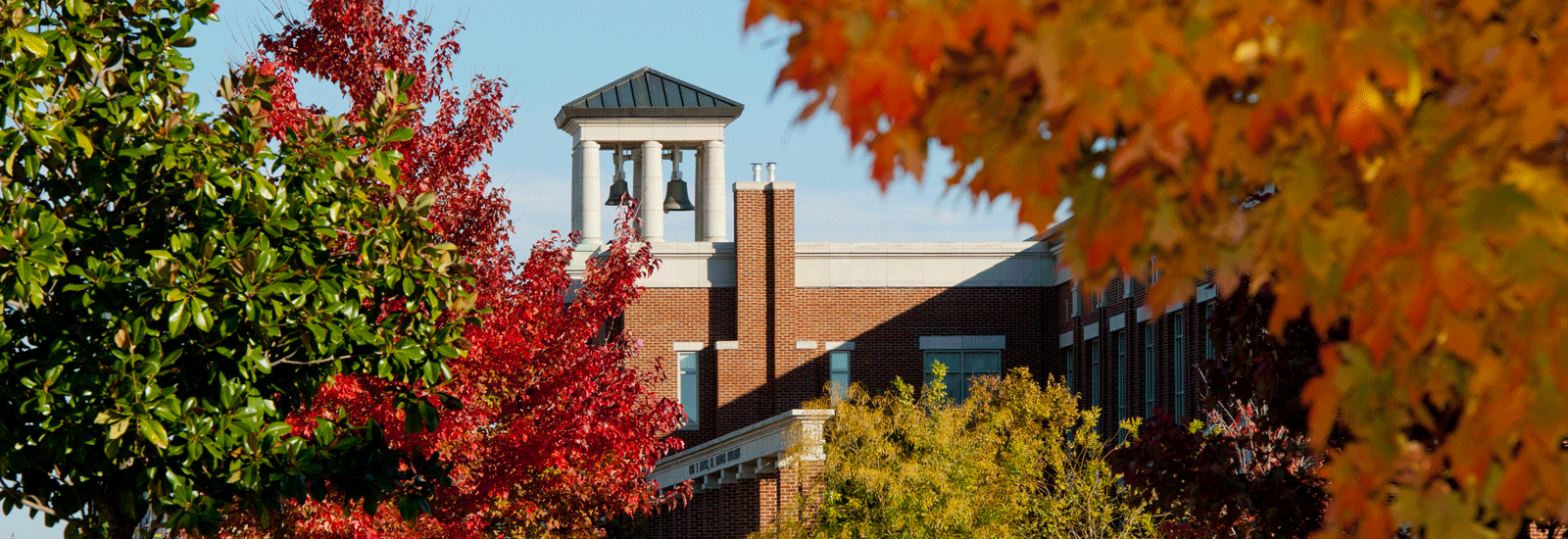MTSU Substance Abuse
Sources
- (2016). University Policies: III:00:03 Student Disciplinary Rules.
- White, A., & Hingson, R. (2014). The burden of alcohol use: Excessive alcohol consumption and related consequences among college students. Alcohol research: current reviews, 35(2), 201.
- Harvard School of Public Health. (2009). Binge Drinking.
- National Council on Alcoholism and Drug Dependence. (2015). Alcohol, Drugs, and Crime.
- National Center for Education Statistics. (2016). Fast Facts: Back to School Statistics.
- National Center for Education Statistics. (2016). Fast Facts: Enrollment.
- Tennessee Higher Education Commission. (2015). Fact Book.
- S. Department of Education. (n.d.). Compare Data for Multiple Schools.
- Tennessee Department of Public Health. (2016). 1,451 Tennesseans Die from Drug Overdoses in 2015.
- National Survey on Drug Use and Health. (2012). Substance Use and Mental Disorders in the Nashville-Davidson-Murfreesboro-Franklin MSA.
- Wechsler, H., Lee, J. E., Kuo, M., Seibring, M., Nelson, T. F., & Lee, H. (2000). Trends in college binge drinking during a period of increased prevention efforts: Findings from 4 Harvard School of Public Health College Alcohol Study surveys: 1993–2001. Journal of American College Health, 50(5), 203–217.
- Tennessee Department of Mental Health and Substance Abuse Services. (n.d.). Overview of the Prescription Drug Epidemic in Tennessee.
- Centers for Disease Control and Prevention. (2016). Drug Overdose Death Data.
- Tennessee Bureau of Investigation. (n.d.). Drugs.
- Monitoring the Future. (2015). College Students & Adults Ages 19–55.
- American Public Health Association. (2015). Prevalence and comparisons of alcohol and other drug use among college students identifying as male, female and transgender.
- Arria, A. M., Caldeira, K. M., Bugbee, B. A., Vincent, K. B., & O’Grady, K. E. (2015). The Academic Consequences of Marijuana Use during College. Psychology of Addictive Behaviors: Journal of the Society of Psychologists in Addictive Behaviors, 29(3), 564–575.
- Suerken, C. K., Reboussin, B. A., Sutfin, E. L., Wagoner, K. G., Spangler, J., & Wolfson, M. (2014). Prevalence of Marijuana Use at College Entry and Risk Factors for Initiation During Freshman Year. Addictive Behaviors, 39(1), 302–307.
- The Center on Young Adult Health and Development. (n.d.). Nonmedical Use of Prescription Stimulants.
- Center for Behavioral Health Statistics and Quality. (2013). Results from the 2013 National Survey on Drug Use and Health: Detailed Tables. Substance Abuse and Mental Health Services Administration, Rockville, MD.
- DeSantis, A. D., Webb, E. M., & Noar, S. M. (2008). Illicit use of prescription ADHD medications on a college campus: a multimethodological approach. Journal of American college health, 57(3), 315-324.
- Hanson, C. L., Burton, S. H., Giraud-Carrier, C., West, J. H., Barnes, M. D., & Hansen, B. (2013). Tweaking and tweeting: exploring Twitter for nonmedical use of a psychostimulant drug (Adderall) among college students. Journal of medical Internet research, 15(4), e62.
- Center for Behavioral Health Statistics and Quality. (2016). Results from the 2015 National Survey on Drug Use and Health: Detailed Tables. Substance Abuse and Mental Health Services Administration, Rockville, MD.
- Kasperski, S. J., Vincent, K. B., Caldeira, K. M., Garnier-Dykstra, L. M., O’Grady, K. E., & Arria, A. M. (2011). College students’ use of cocaine: Results from a longitudinal study. Addictive Behaviors, 36(4), 408–411.
- Julien, R.M., et al. (2011). A Primer of Drug Action. Twelfth Edition. New York, NY: Worth Publishers.
- National Institute on Drug Abuse. (2016). What is MDMA?
- Palamar, J. J., Salomone, A., Vincenti, M., & Cleland, C. M. (2016). Detection of “bath salts” and other novel psychoactive substances in hair samples of ecstasy/MDMA/“Molly” users. Drug and Alcohol Dependence, 161, 200–205.
- Massachusetts Institute of Technology. (n.d.). Drug Chart.
- National Institute on Drug Abuse. (2017). What is Marijuana?
- Walters, S. T., Foy, B. D., & Castro, R. J. (2002). The agony of ecstasy: Responding to growing MDMA use among college students. Journal of American college health, 51(3), 139–141.
- Substance Abuse and Mental Health Services Administration. (1999). Treatment for Stimulant Use Disorders: Chapter 5—Medical Aspects of Stimulant Use Disorders.
- National Institute on Drug Abuse for Teens. (2017). Cocaine.
- Benson, K., Flory, K., Humphreys, K. L., & Lee, S. S. (2015). Misuse of stimulant medication among college students: a comprehensive review and meta-analysis. Clinical child and family psychology review, 18(1), 50–76.
- Centers for Disease Control and Prevention. (2015). Alcohol Poisoning Deaths.
- Mundt, M. P., & Zakletskaia, L. I. (2012). Prevention for college students who suffer alcohol-induced blackouts could deter high-cost emergency department visits. Health Affairs, 31(4), 863–870.
- Schifano, F., Oyefeso, A., Corkery, J., Cobain, K., Jambert‐Gray, R., Martinotti, G., & Ghodse, A. H. (2003). Death rates from ecstasy (MDMA, MDA) and polydrug use in England and Wales 1996–2002. Human psychopharmacology: clinical and experimental, 18(7), 519–524.
- National Institute on Drug Abuse. (2017). Overdose Death Rates.
- Drug Abuse Warning Network. (2011). National Estimates of Drug-Related Emergency Department Visits.
- The National Center on Addiction and Substance Abuse. (2007). New CASA Report Finds: Half of College Students Binge Drink, Abuse Prescription and Illegal Drugs.
- Gulliver, A., Griffiths, K. M., & Christensen, H. (2010). Perceived barriers and facilitators to mental health help-seeking in young people: a systematic review. BMC psychiatry, 10(1), 113.
THE HUB is a property of Sober Media Group
